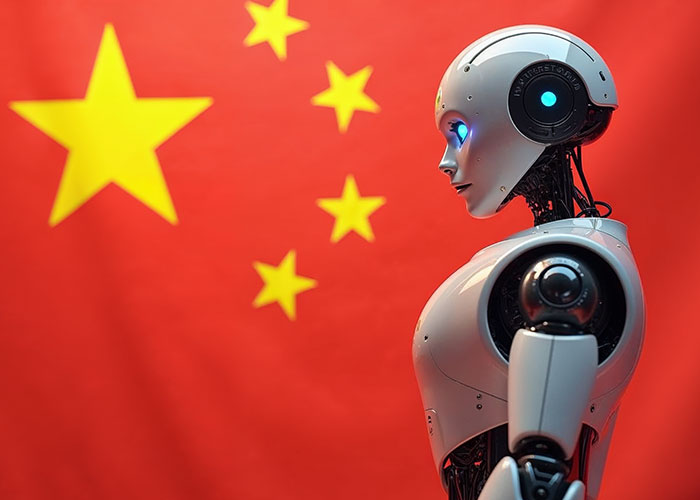
China’s Humanoid Robot Boom: How Government Support and Tech Giants Like Keenon & Pudu Are Shaping the Future
On March 31, 2025, Keenon Robotics will unveil its first humanoid robot, XMAN-R1, marking a significant step in China’s rapidly growing humanoid robotics sector. This launch is not happening in isolation—Chinese companies like Pudu Robotics, Xiaomi, and Unitree Robotics are racing to bring advanced service robots to market, fueled by significant government support. Beijing’s aggressive funding initiatives, such as a $1.4 billion robotics industry fund and subsidies of up to $4.1 million per project, demonstrate China’s commitment to becoming the global leader in robotics. The rise of humanoid robots in China is not just about innovation; it’s a strategic move to dominate a key technological frontier.
Keenon Robotics: Introducing XMAN-R1
Keenon Robotics, established in 2010 and headquartered in Shanghai, primarily focuses on autonomous delivery robots for sectors such as hospitality and healthcare.

The forthcoming XMAN-R1 represents the company’s ambitious foray into humanoid robotics, aiming to enhance service interactions through advanced mobility and human-like engagement.
Pudu Robotics: Advancing with D9
Similarly, Pudu Robotics, founded in 2016 in Shenzhen, has expanded its portfolio by introducing the D9 humanoid robot. Unveiled in January 2025, the D9 stands at 5.57 feet, can navigate complex terrains, and can carry loads up to 44 pounds. Equipped with real-time 3D mapping sensors and artificial intelligence for natural interactions, the D9 is priced between $20,000 and $30,000.
Other Prominent Chinese Humanoid Robotics Companies
Beyond Pudu and Keenon, several Chinese firms are making significant strides in humanoid robotics:
Xiaomi: Introduced the CyberOne, a full-sized humanoid robot capable of perceiving human emotions and reconstructing 3D environments.
Leju Robotics: Developed Kuavo, China’s first open-source HarmonyOS humanoid robot, notable for its agility and ability to navigate diverse terrains.
Unitree Robotics: Released the G1 humanoid robot, approximately 127 cm tall, capable of dynamic actions like running at speeds over 2 m/s.
Agibot: Launched the Yuanzheng A2, a versatile humanoid robot adept at household chores, including laundry and cleaning.
Government Initiatives and Support
The concurrent emergence of advanced humanoid robots from companies like Pudu and Keenon aligns with China’s strategic emphasis on becoming a global leader in robotics. The Chinese government has implemented several policies to bolster this ambition:
Beijing’s Robotics Industry Support: In August 2023, Beijing issued guidelines to advance the city’s robotics sector, offering policy support of up to 30 million yuan ($4.1 million) for significant projects. Additionally, Beijing plans to establish a 10 billion yuan ($1.4 billion) robotics industry fund to support research, product application, and industry consolidation.
National Action Plans: China’s Ministry of Industry and Information Technology, along with 17 other agencies, launched the “Robot + Application Action Plan” to promote automation across ten industries, including manufacturing, agriculture, and healthcare. The plan aims to achieve a robot density of around 500 per 10,000 workers by 2025.
Fiscal Stimulus for Advanced Manufacturing: In December 2024, China announced plans to issue 3 trillion yuan ($411 billion) in special treasury bonds for 2025. A portion of these funds is designated for investments in advanced manufacturing sectors, including robotics, to stimulate economic growth and counteract challenges such as labor shortages and external trade pressures.
These initiatives reflect China’s commitment to fostering a robust robotics industry through substantial financial support, policy incentives, and strategic planning. Companies like Pudu and Keenon’s concurrent market entries of humanoid service robots are indicative of this concerted effort to position China at the forefront of global robotics innovation.

